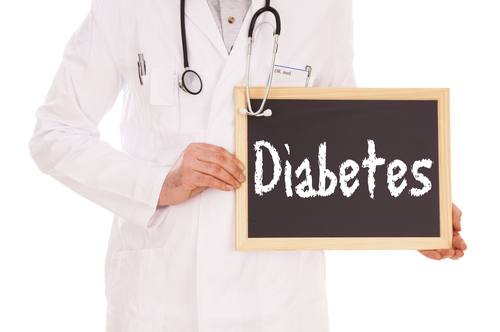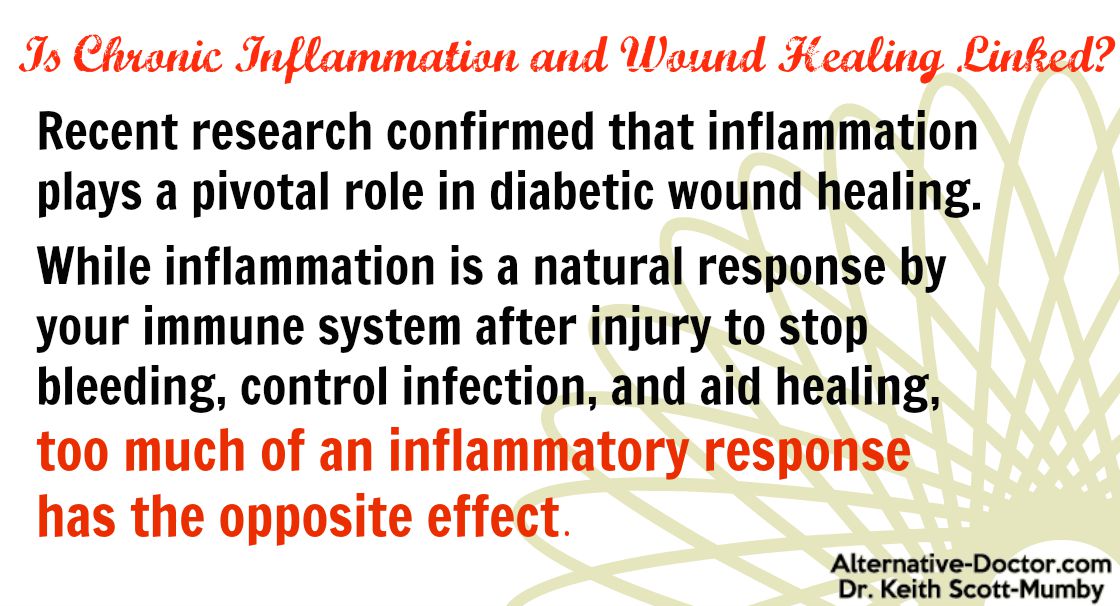When is the last time you had your blood glucose levels tested? 387 million people in the world currently suffer with diabetes. As many as 46% of them are unaware that they have the disease and are not in treatment.
In developed nations, the statistics are out of control but the numbers are even higher in undeveloped regions of the world with lack of adequate healthcare and less access to information and tools to protect their health.
Recent data estimates that there are also millions of adults (age 20 or older) with prediabetes (blood glucose is high but not quite high enough to be classified as diabetes).
Diabetes is becoming a growing epidemic for young people (those under the age of 20) that has experts worried for the future.
The World Health Organization (WHO) estimates that diabetes will be the seventh leading cause of death by the year 2030. Diabetes is listed on almost 70,000 death certificates annually in the United States but experts worldwide agree that the number is incorrect.
It is alleged that as many as 45% of deaths among diabetics neglect to list the disease as either the cause or as an underlying factor of death. WHO estimates that 1.5 million people in the world die every year as a direct result of the disease.
The most common form – type II diabetes – represents approximately 90% of all diabetes cases.

Type II diabetes is 100% preventable and 100% reversible.
The major risk factors of type II diabetes are obesity, lack of exercise, and a family or personal history of diabetes or gestational (diagnosed during pregnancy) diabetes. Other factors, such as age, race, and impaired glucose metabolism may play a part.
Approximately 90% of people with type II diabetes are overweight or obese. It is without a doubt the primary factor in the majority of cases. Harvard researchers have confirmed that more than 60 conditions are caused and worsened by obesity.
Diabetes, Inflammation, and Wound Healing
One of the greatest dangers of any form of diabetes is the risk of slower wound healing for the patient. Guarding against wounds that heal slowly and ensuring they don’t deteriorate further is critical to your health.
That more than 60% of non-traumatic lower limb amputations occur in diabetics points to several side effects of the disease of which many may be unaware.
- Poor circulation
- Hardening or narrowing of the arteries
- Nerve damage (diabetic neuropathy)
- Loss of feeling in arms and legs
- Inability to feel pain
High glucose (blood sugar) means poor circulation. Lack of proper circulation means less oxygen and nutrients to the site. This causes cell death that leads to nerve damage. Sensation or the ability to feel pain is lowered in the limbs.
A small cut, a blister, or even an insect bite may go unnoticed until infection has set in. High glucose levels compromise the immune system, making it more difficult for white blood cells to do their job.
Infection can quickly spread out of control, causing severe damage to the limbs due to sepsis (toxins or bacteria from the infection are released into the blood), gangrene (localized death of body tissue due to poor circulation or infection), or osteomyelitis (inflammation of the bones or bone marrow caused by infection).
Research recently released from Boston Children’s Hospital confirmed that inflammation plays a pivotal role in diabetic wound healing. While inflammation is a natural response by your immune system after injury to stop bleeding, control infection, and aid healing, too much of an inflammatory response has the opposite effect.

The study, published in Nature Medicine, focused on neutrophils – immune cells that work to destroy bacteria present in a wound. However, these cells release a toxic compound of their own known as neutrophil extracellular traps (NETs).
NETs have been identified in patients with cardiovascular disease, chronic inflammation, and blood clots. Diabetics are predisposed to all of these conditions so an increase of NETs at the source of a wound is especially troubling. More research is needed to determine if diabetes itself is responsible for the production of NETs.
Naturally, there will be a drug forthcoming that will block NET production but there are ways to prevent (and reverse) type II diabetes and lower inflammation naturally.
As I’ve stated many times before, inflammation and obesity that are left untreated will result in a host of much more severe issues. When it comes to chronic illness, these two risk factors go hand in hand.
You can stop the progression of disease, lower excessive inflammation in your cells, and slow the signs of aging by understanding that every part of you reacts to the foods you consume, the lifestyle you lead, and whether or not you take an active role in your health.
Slow wound healing is a common and dangerous aspect of all forms of diabetes. Since no less than 90% of diabetic patients have type II – which is preventable and reversible – you have the power to stop the overall damage that leads to wounds that will not heal.
